Medical Legal Consultation

During a medical-legal consultation, Dr. Light assesses the medical aspects of a legal case. In his role as a consultant, he typically works with an attorney at law to educate them on the case’s complex medical aspects.
As a medical-legal consultant, Dr. Light is an independent medical care provider. He doesn’t treat the patient in question, but rather gives his expert medical opinion on the case.
What types of cases does a medical-legal consultation cover?
At Dr. Light's practice, a medical-legal consultation covers a variety of musculoskeletal injuries. As a premier orthopedic surgeon, Dr. Light specializes in the diagnosis and treatment of injuries that cause back pain, neck pain, and other debilitating types of chronic pain.
Some general examples of cases in which he may work as a medical-legal consultant include auto accident injuries, workplace injuries, and other types of injuries that lead to chronic pain or permanent disability.
What does the doctor do during a medical-legal consultation?
There are many aspects of a medical-legal consultation, including:
Determining whether previous care was
Dr. Light can help attorneys and clients understand the many different medical complexities involved in a case. This information can help attorneys to plan the most effective way to proceed with the case.
What information does the doctor need for a medical-legal consultation?
To perform his medical-legal consulting duties, Dr. Light needs full access to a patient’s medical records. That includes all written and computerized records from physicians, hospitals, physical therapists, and other medical field professionals.
Dr. Light needs all diagnostic films that medical care providers have taken since the start of the case, such as X-rays, ultrasounds, MRIs, CT scans, and other imaging that exists.
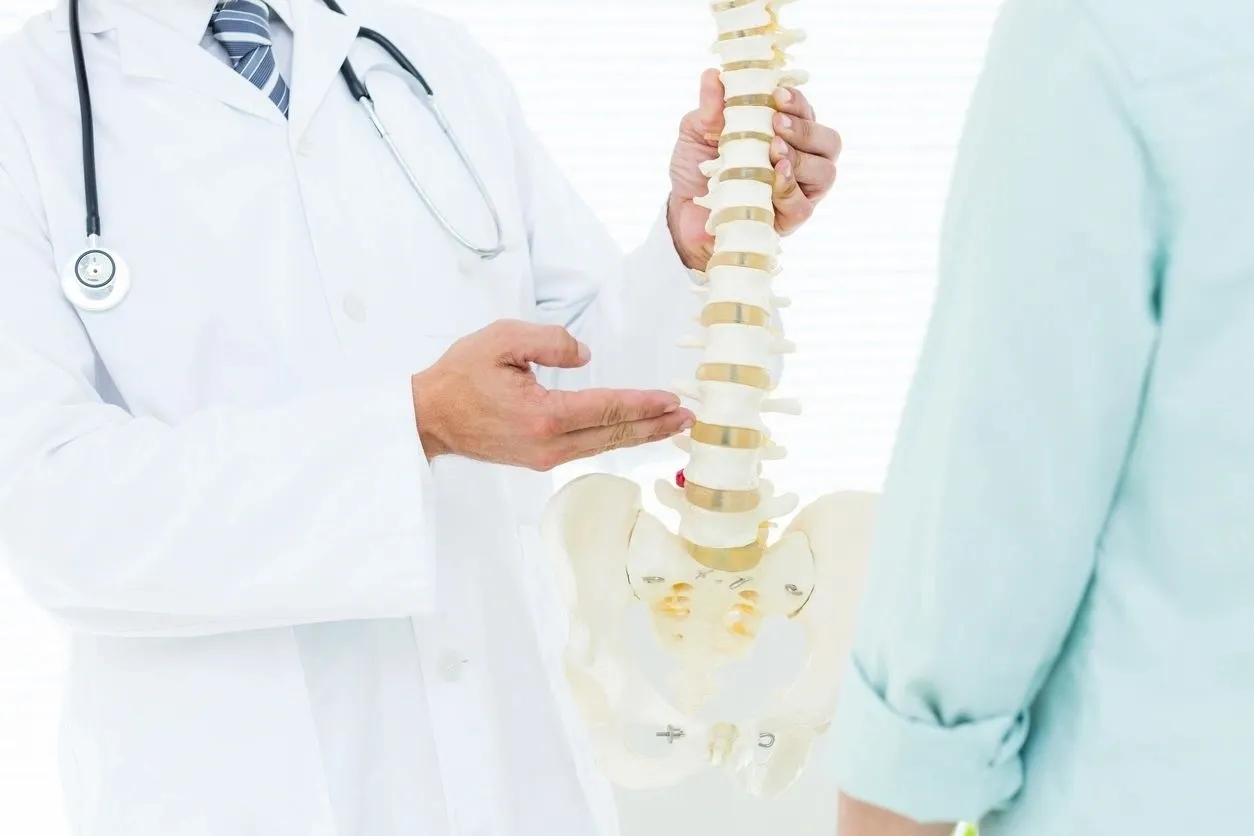
Low Back Pain
Low back pain makes life very difficult for millions of Americans.
There are many causes of lower back pain causes, including:

Spondylolisthesis
Spondylolisthesis occurs when one of your spinal vertebrae moves out of place onto the vertebrae underneath it. That can cause low back and leg pain.
The most common cause of spondylolisthesis is intervertebral disc thinning due to aging, which sets the stage for vertebral shifting. A stress fracture in a vertebra (spondylosis) can potentially cause vertebral movement. Injuries, spinal tumors, and failed low back surgery can also cause spondylolisthesis.
Spinal stenosis
Spinal stenosis occurs when the spaces inside your spine shrink, leading to pressure on the nearby nerves. In addition to low back pain, spinal stenosis can also cause numbness, pins-and-needles sensations, and muscle weakness.
The usual cause of spinal stenosis is wear-and-tear damage from osteoarthritis.
Herniated discs are another cause of spinal stenosis and may cause lower back pain even when spinal stenosis is not present. Other causes can include spinal deformities like scoliosis and rheumatoid arthritis.
Although spondylolisthesis and spinal stenosis most commonly cause low back pain, both conditions can also occur within your neck to cause severe neck pain.
There are several other causes of low back pain, including trauma sustained in motor vehicle accidents. Dr. Light is a spinal specialist who can diagnose the problem and recommend the ideal treatment.
When do I need medical care for low back pain?
In general, if mild-to-moderate lower back pain doesn’t fade away in a week or so, it’s time to book an appointment with Dr. Light. But, if you have severe low back pain, it’s always best to seek care sooner rather than later. When you get help early, you can stabilize your spine to prevent more complicated and difficult surgeries later.
If your previous doctors told you that your lower back pain isn’t treatable, if you’ve already undergone failed spinal surgery, or if you’re facing a future of narcotics and highly restricted activity, contact Dr. Light. He’s called “the doctor of last resort” for a reason: he successfully treats many patients who other doctors can’t help.
How do you treat low back pain?
Conservative care, like rest, physical therapy, and short-term oral medication, may help with certain types of back pain. But, when you’re dealing with structural irregularities inside your back, surgery may be the best solution for a low back pain cure.
Dr. Light offers low back pain surgery using highly specialized methods, which ensures the best success rates. Surgical methods include disc replacement, in which he installs a new artificial intervertebral disc, and spinal fusion surgery, in which he uses a hip bone graft to restore displaced vertebrae.
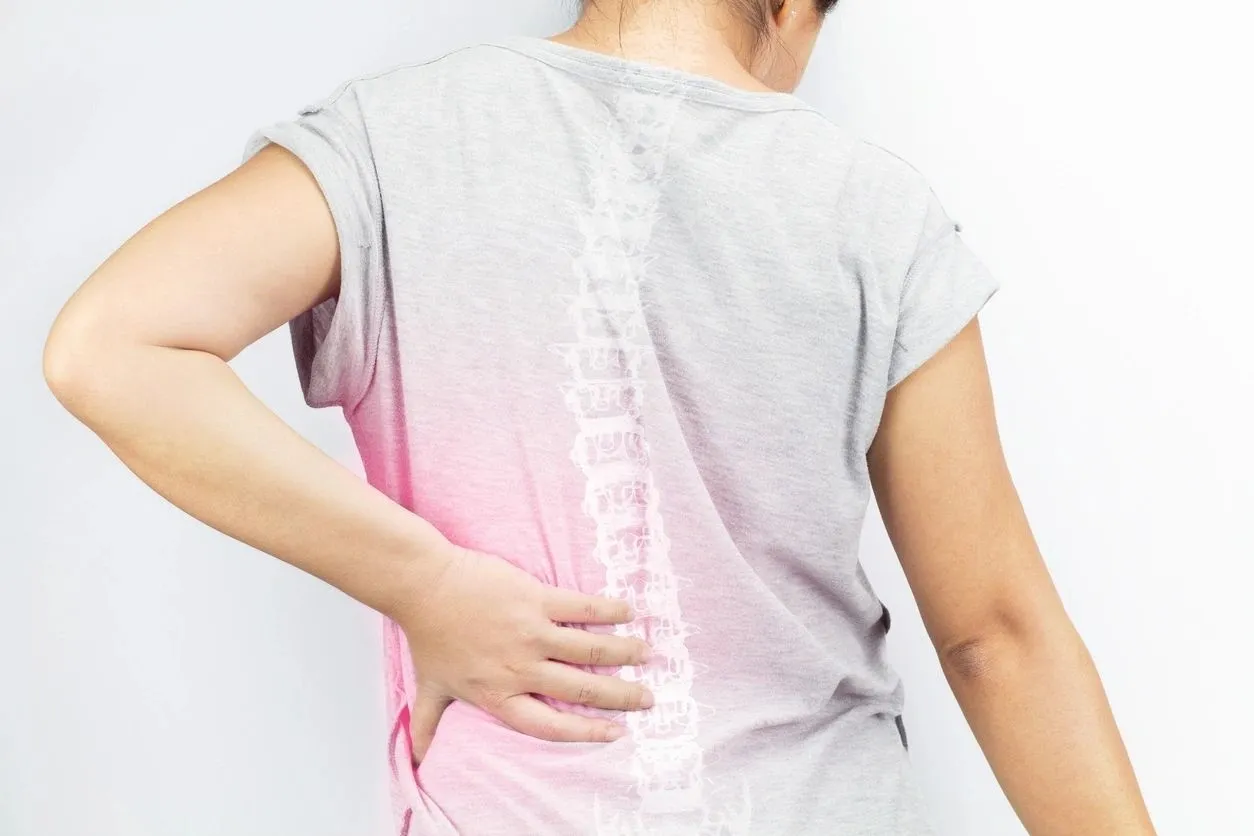
Neck Pain
Neck pain can happen for a variety of reasons, including:

Cervical spondylolisthesis
Cervical spondylolisthesis occurs when one of your cervical spinal vertebrae shifts, moving to rest on the vertebrae below. Disc degeneration, where your intervertebral discs thin over the years, is the main cause of cervical spondylolisthesis. Neck trauma, tumors, and failed neck surgery could potentially cause cervical spondylolisthesis, as well.
Cervical spinal stenosis
Cervical disc degeneration can cause narrowing in the area between vertebrae (cervical spinal stenosis). That puts pressure on your vertebrae and may cause serious neck pain. Arthritis, herniated discs, bone spurs, and other changes that narrow your spinal canal can also lead to cervical spinal stenosis.
Herniated disc
When a disc herniates in your cervical spine, it can put pressure on spinal nerves, causing pain.
Trauma
Neck pain can also start with trauma, with one common example being motor vehicle accidents. Although soft tissue injuries like whiplash are the most common reason for neck pain after an auto accident, trauma can also accelerate or intensify preexisting structural damage like cervical spondylolisthesis.
Dr. Light expertly treats neck pain of all types.
When should I see a doctor for neck pain?
If you experience a traumatic injury like an auto accident, seek medical assessment and treatment immediately. For neck pain that persists for a week or longer or for severe neck pain of any duration, reach out to Dr. Light as soon as possible.
Just as with low back pain and other forms of pain, earlier diagnosis and treatment are always better. Dr. Light is widely known as an expert who can help with the most serious cases of neck pain. Even if you’ve lived with neck pain for months or years, have already undergone surgery that didn’t work, and if you’ve just about given up hope, Dr. Light can help.
How is neck pain treated?
Some cases of neck pain, like minor soft tissue injuries, can improve significantly with nonoperative treatments like rest, physical therapy, and temporary use of pain medication.
If you have lingering neck pain because of serious disc or vertebrae issues, Dr. Light can perform a surgical correction using state-of-the-art techniques.
Two surgical techniques that he commonly uses are disc replacement, in which he removes your old disc and places an artificial one, and spinal fusion, in which he uses your hip bone shavings to reposition and restore your neck vertebrae.
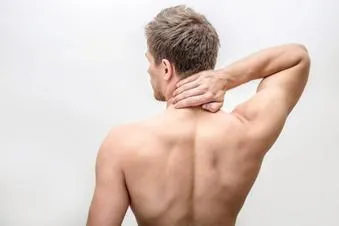
Herniated Discs
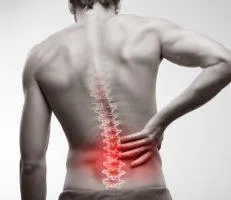
A herniated disc occurs when one of the springy pads between your spinal vertebrae (bones) moves out of place. Healthy discs give your spine excellent flexibility and also absorb shock efficiently.
But, when a disc herniates, its interior contents leak and pressure spinal nerves to cause pain and other physical problems.
Herniated discs can occur in three areas:
Lumbar spine
Your lumbar spine includes five lower back vertebrae and their corresponding discs. It extends from roughly the bottom of your rib cage to the pelvis.
Thoracic spine
Your thoracic spine includes 12 vertebrae and their corresponding discs. It covers the area above your lumbar spine (middle and upper back).
Cervical spine
Your cervical spine includes seven vertebrae and discs. It starts at the base of your skull and ends at the bottom of your neck.
The lumbar spine is the most common area of disc herniation, followed by cervical spine herniation. Thoracic spine disc herniation are uncommon.
What symptoms do herniated discs cause?
Herniated discs can cause a variety of problems, including:
What causes herniated discs?
The main cause of herniated discs is wear and tear over time. That's why most herniated disc sufferers don't develop symptoms until they're in their 30s, 40s, or 50s.
It's normal for discs to lose flexibility over time, which means even ordinary movements like twisting can potentially cause herniation if you happen to move a little too forcefully or at the wrong angle.
Certain things can raise your risk of disc herniation at any age, including smoking, obesity, heavy lifting with your back, and repetitive strenuous exercise.
Trauma, like a slip and fall, can cause herniated discs, but it's rare. Disc disease is also rare, causing less than 5% of herniated discs.
How are herniated discs treated?
Herniated disc treatment usually starts with rest, activity modification, short-term oral medication, and cold compresses. In many cases, these simple measures allow you to heal naturally. Physical therapy can reduce pain and help minimize future disc problems.
If your herniated disc causes severe pain that you can’t manage with conservative care, Dr. Light might recommend injections that deliver cortisone directly to the irritated area. Injections can last for up to several months, but they don’t solve the problem of disc pressure permanently.
If you have ongoing herniated disc symptoms that cause significant lifestyle disruption or disability, Dr. Light may recommend surgery such as disc replacement arthroplasty. In this procedure, he replaces your damaged disc with a prosthetic disc to restore function.
Another option is spinal fusion surgery. Dr. Light removes your herniated disc and uses the Simmons Keystone technique to create a trapezoid shape within your vertebral bone.
He harvests a small amount of bone from your hip and then places it into the newly created place in your spine. That helps to fuse your vertebrae and prevent movement and pain.
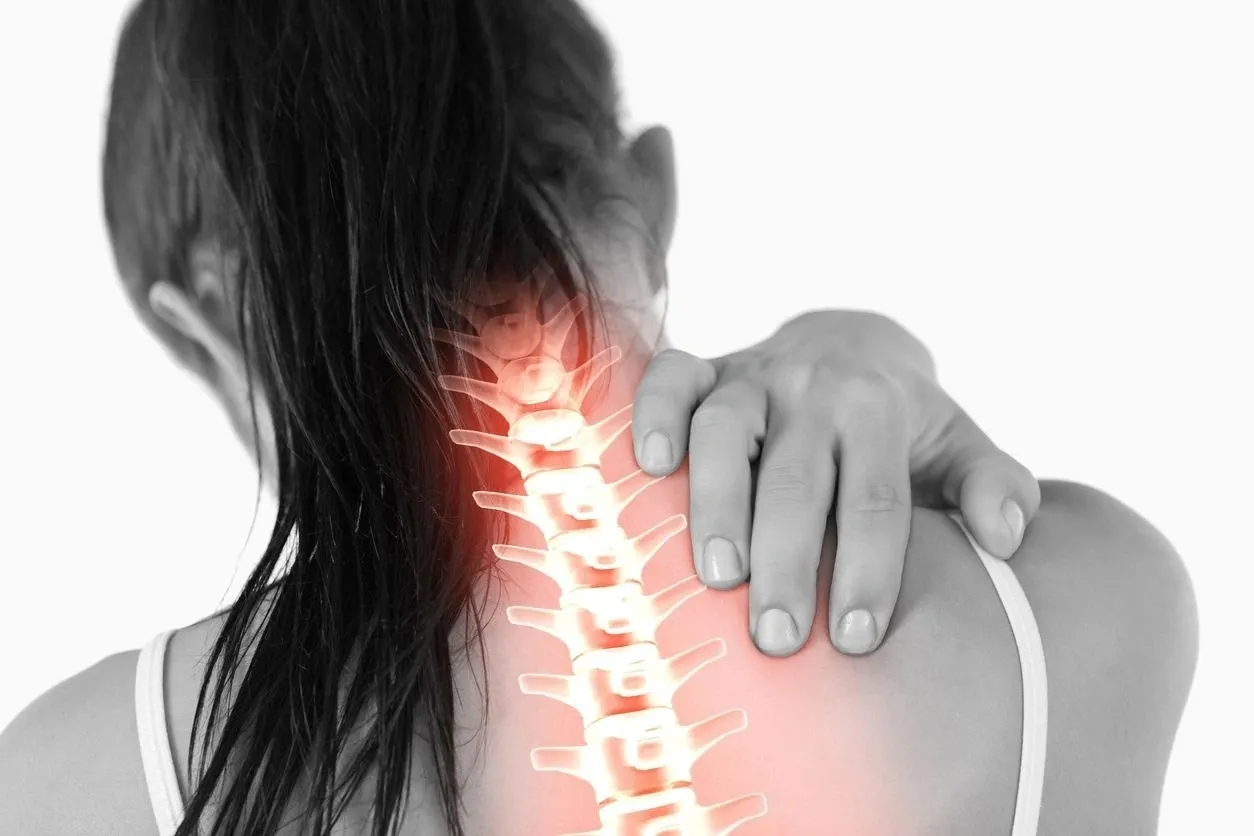
Motor Vehicle Accidents

Motor vehicle accidents frequently cause injuries to the head and neck, but you can hurt any part of your body. The most common injuries include:
Many people develop widespread body aches and pain even when they don’t suffer a specific type of injury.
What delayed symptoms might occur after a motor vehicle accident?
You may not experience symptoms for hours or days after your accident. Three injuries that cause delayed symptoms include:
Concussion
A moderate to severe concussion usually causes immediate symptoms. You may have:
However, if you have a mild concussion, the same symptoms can take days or months to appear.
Whiplash
You develop a whiplash injury when your neck goes through a fast back-and-forth movement. Common symptoms such as neck pain, stiffness, headache, and tingling can be delayed for several days, depending on the extent of the damage.
Lower back pain
After a motor vehicle accident, your body’s immediate release of adrenaline and endorphins may temporarily hide lower back pain. Adrenaline increases your pain tolerance, while endorphins are your body’s natural painkillers. Many patients initially have mild symptoms that get worse over a day or two after their accident.
When should I see a doctor after a motor vehicle accident?
Even if you don’t have symptoms, you should get a prompt physical exam from Dr. Light. He can identify any injuries you may have, even if your symptoms are mild or delayed. Then, you can start treatment to reduce future pain and prevent potential complications.
Getting a quick physical evaluation also creates a connection between your accident and injuries. This information is important when you file an insurance claim or if you need to collect workers’ compensation or pursue legal action.
What treatment might I receive after a motor vehicle accident?
Dr. Light diagnoses and treats the many types of injuries you may sustain during a motor vehicle accident.
He can customize your treatment based on your injury, drawing from medical care, physical therapy and rehabilitation.

Spinal Fusion
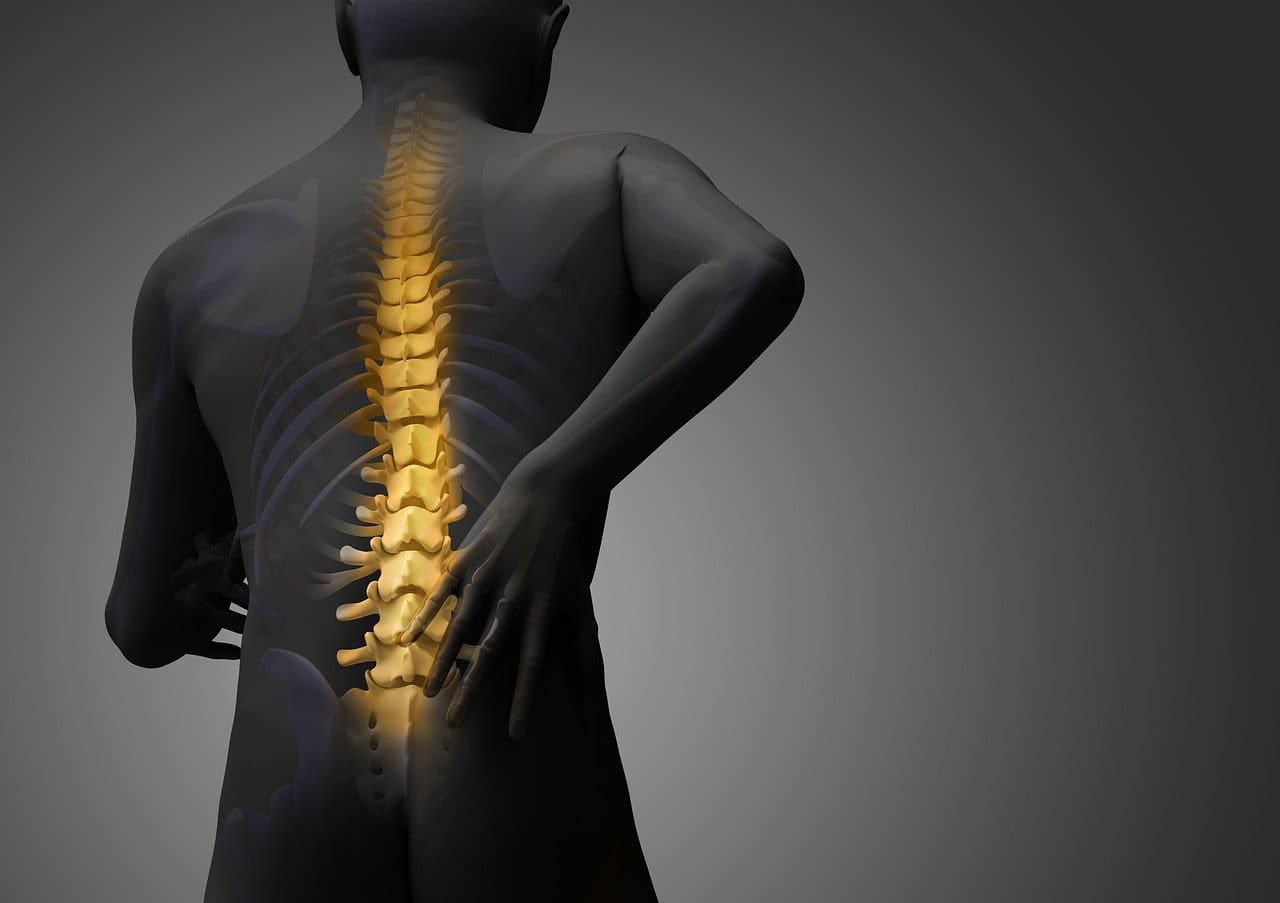
Spinal fusion is a specialized surgery that permanently connects two spinal vertebrae. There are several different methods of spinal fusion, but the core concept is to eliminate the pain trigger by preventing movement between two vertebrae.
When would I need spinal fusion surgery?
Dr. Light might recommend spinal fusion surgery if you have chronic back problems, including low back pain or neck issues, that don't improve after conservative treatments. Some of the most common reasons for spinal fusion include:
In some failed back surgeries, the problem is a failed vertebral fusion. Dr. Light is an expert on failed back surgery who can expertly correct the original fusion and stabilize your vertebrae.
Dr. Light uses X-rays, MRI, CT scans, and other imaging to determine whether spinal fusion surgery could be a good fit for you. He doesn’t turn patients away, even if they have complex needs or a history of failed treatment.
If spinal fusion surgery doesn’t work for you, he can tailor another surgical procedure to your needs.
How does spinal fusion surgery work?
Dr. Light performs both cervical (neck area) and lumbar (low back area) spinal fusion surgeries. He may operate through front incisions (anterior approach) or back incisions (posterior approach). He typically uses an advanced method, the Simmons Keystone technique, for spinal fusion surgery.
With this technique, Dr. Light creates a trapezoid-shaped opening in your damaged vertebrae. Then, using bone shaving, he harvests from your hip bone, and he plugs the empty spot. In some cases, he may use internal fixation devices, like pins, screws, and plates, to help your vertebrae fuse successfully.
Because spinal fusion surgery permanently connects two vertebrae, it stops the interaction, causing lower back pain, neck pain, or other problems.
How long is the recovery after spinal fusion surgery?
Recovery from spinal fusion surgery is quite rapid because Dr. Light uses the most advanced techniques possible.
In general, most patients can get back to their regular routines in only a few weeks. He has patients who are professional athletes, like ballet dancers, who returned to their sport in just three weeks.
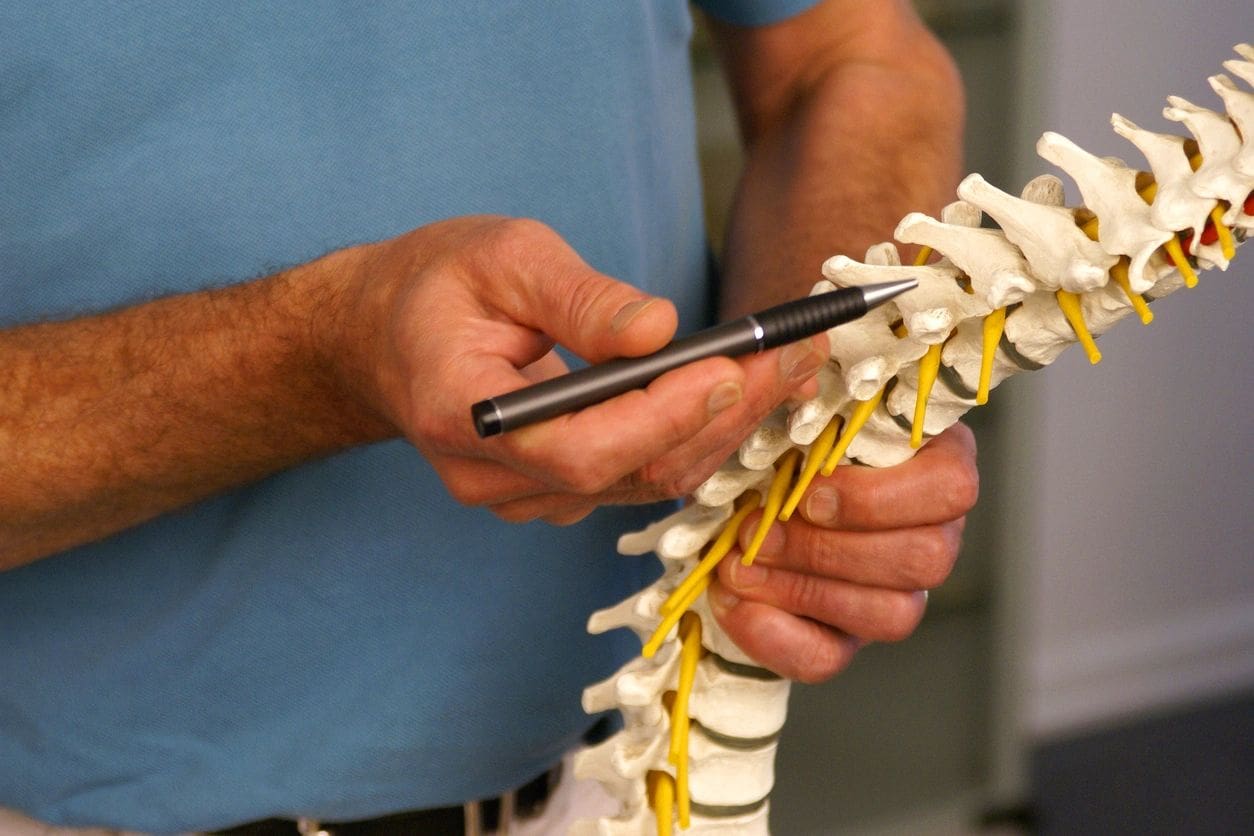
Disc Replacement Arthroplasty
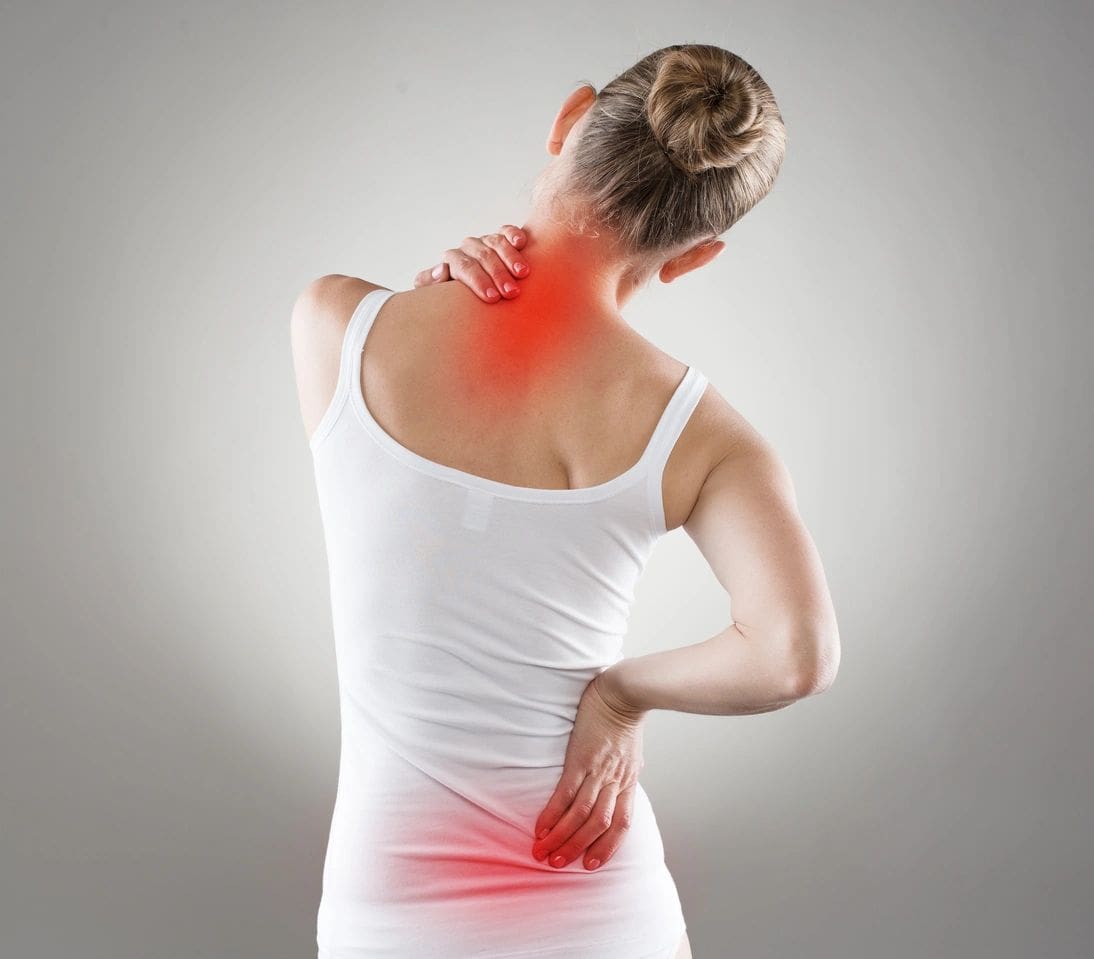
Disc replacement arthroplasty is a surgical procedure to replace a damaged spinal disc, such as a herniated disc, with an artificial disc. In this surgery, Dr. Light accesses your damaged spinal disc by separating the two vertebrae on either side of it.
He securely places new joint surfaces (end plates) on these vertebrae directly above and below the disc. The new joint surfaces are durable metal or plastic, so this step is similar to a joint replacement.
Dr. Light removes all of your damaged disc tissue and then places a new artificial disc in its place, between the new end plates. A disc replacement arthroplasty allows for normal spinal flexion, just like a healthy natural disc would.
This procedure can completely stop lower back or neck pain and other symptoms associated with severe disc damage.
How are disc replacement arthroplasty and spinal fusion different?
In spinal fusion surgery, Dr. Light removes your spinal disc and then permanently connects the two vertebrae on either side of it. Unlike disc replacement arthroplasty, spinal fusion surgery prevents movement in that segment of your spine.
Both disc replacement arthroplasty and spinal fusion surgery can treat damaged discs. Of the two, disc replacement arthroplasty is less invasive and is thus the preferred option, where possible.
Spinal fusion surgery can also correct spinal deformities such as scoliosis and spinal instability (spondylolisthesis), but disc replacement arthroplasty is best suited for localized disc damage.
Am I a good candidate for disc replacement arthroplasty?
Dr. Light performs a full exam, reviews past imaging tests, and does the necessary X-rays, MRIs, and other imaging to determine whether you’re a good candidate for disc replacement. General qualifying factors include:
If you’ve had failed low back surgery in the past, or you don’t qualify for disc replacement arthroplasty for any other reason, Dr. Light can still help. He explains all the treatment options best suited for your individual case so you don’t have to live with back pain any longer.
What are the advantages of disc replacement arthroplasty?
Disc replacement arthroplasty offers a number of advantages, including:
There’s no doubt that disc replacement offers many benefits — including a lasting cure for damaged disc pain.
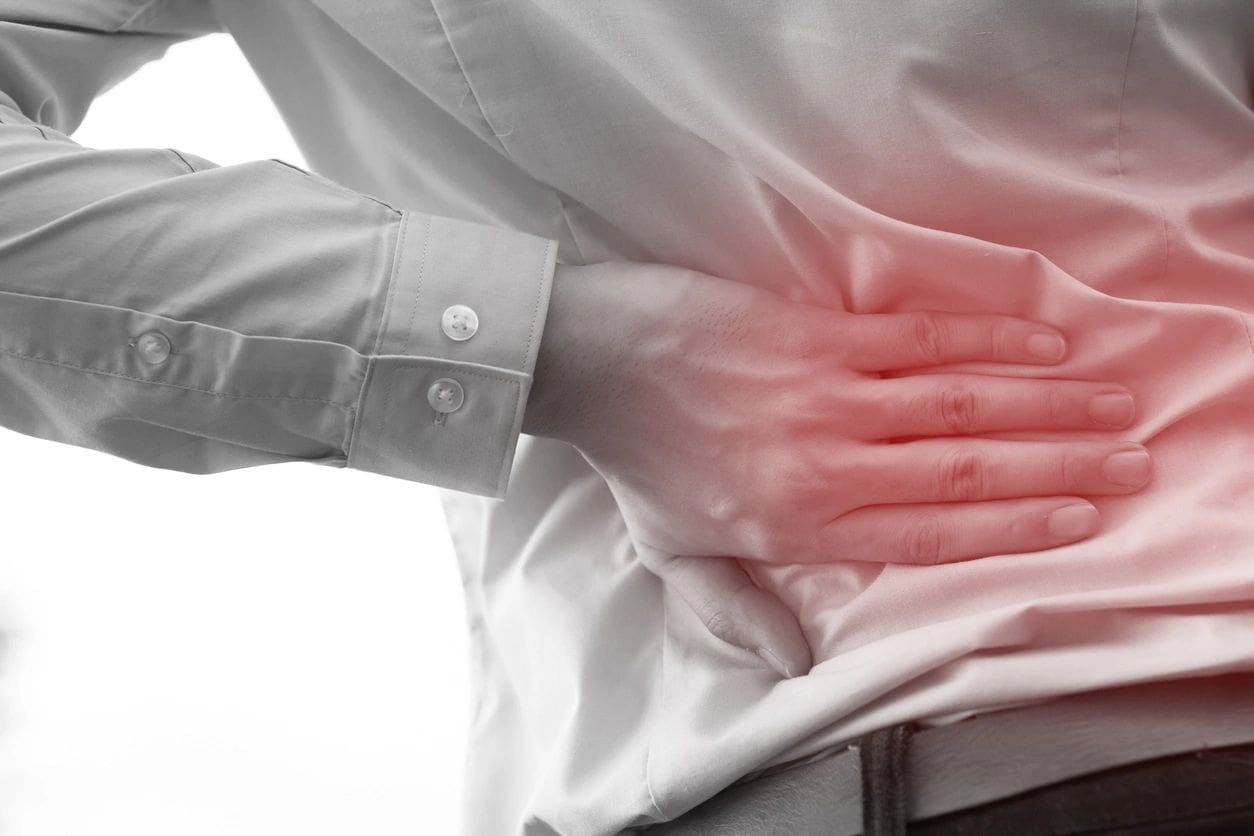
Failed Low Back Surgery
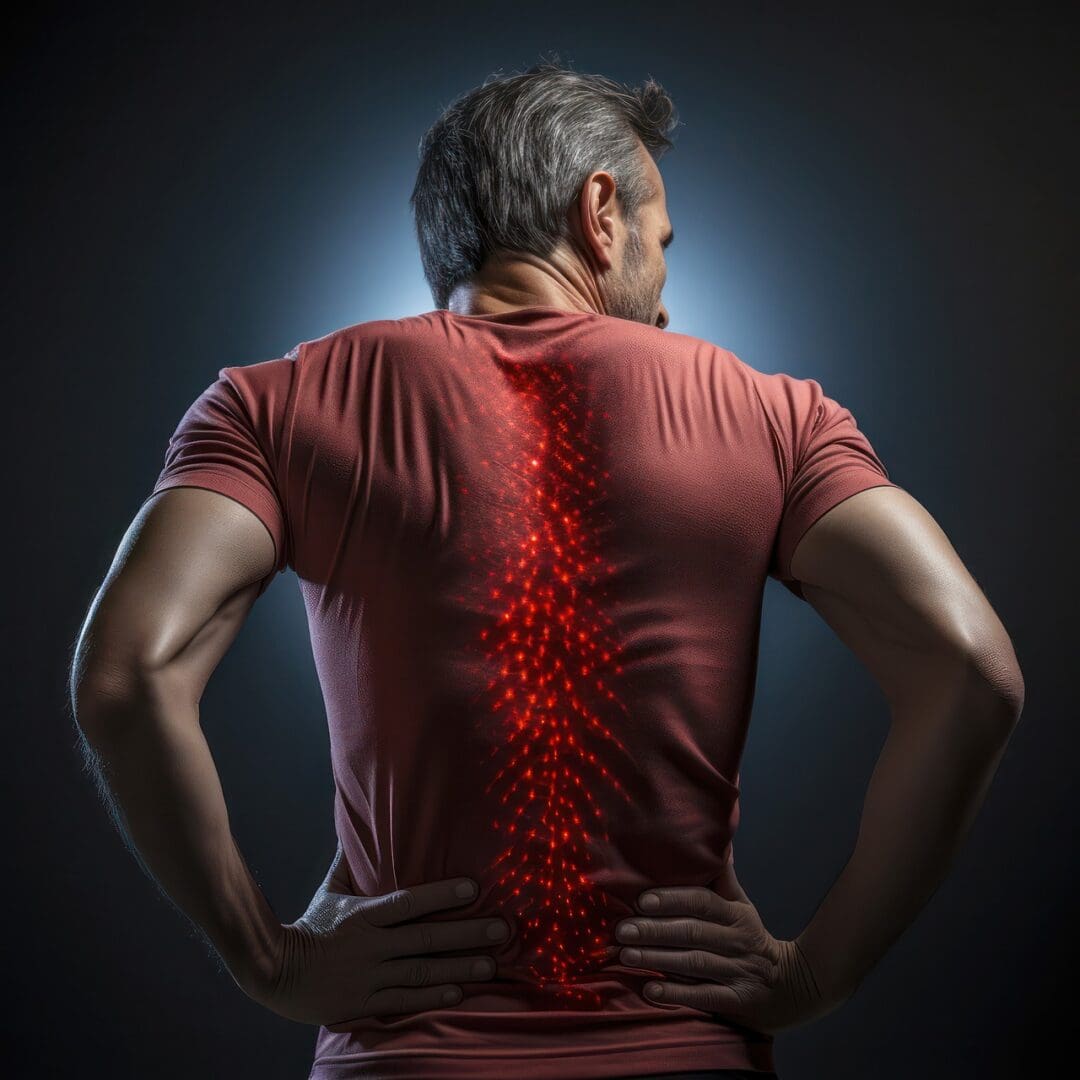
Failed low back surgery means you had previous low back surgery that didn’t relieve your pain. You may also have neurological issues like radiating pain, numbness, weakness, and tingling sensations after failed low back surgery.
What causes failed low back surgery?
There are many possible reasons for failed low back surgery, including:
There are several other possible causes of failed low back surgery, as well. Dr. Light carefully assesses every aspect of your situation to find the problem and create an actual cure.
When do I need revision back surgery?
If you’re still experiencing serious low back pain, with or without other symptoms, revision back surgery can be the best way to correct the underlying issues. But, when you have failed low back surgery, repeating the same surgery with the same doctor simply makes no sense. At that point, you need a specialist who has unique advanced training.
Dr. Light has special training to perform complex surgeries, above and beyond those that most orthopedic surgeons can do. That makes him the ideal provider to correct mistakes and find cures, even where others can’t.
How does revision surgery after failed low back surgery work?
Revision low back surgery can vary widely based on your individual needs. Dr. Light uses both traditional and new, cutting-edge approaches, always opting for the method that corrects your problems permanently wherever possible.
Dr. Light regularly performs revision spinal surgeries, in which he can:
He can also perform revision spinal surgery in cases where your back pain comes back long after the original surgery. That sometimes occurs because of natural age-related changes in your back.
